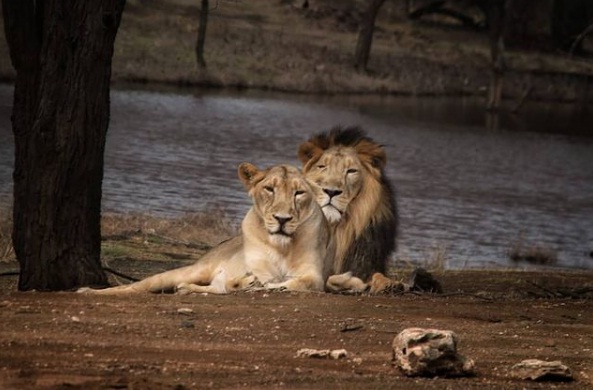When was Huayna Picchu built :
1450 Machu Picchu was built in the classical Inca style, with polished dry-stone walls. Its three primary structures are the Intihuatana, the Temple of the Sun, and the Room of the Three Windows.
Machu Picchu mean in English :
Origin of machu-picchu
From Quechua machu (“old, ancient" ) + pikchu (“mountain, peak" )
About :
Huayna Picchu, also known as New Mountain in its translation from Quechua into Spanish, is located at 2,667 m.a.s.l. in the region of Cusco. Its circular shape base is surrounded by the Urubamba River, to the north of the citadel of Machu Picchu. It will be worth getting to this place because you will see the land of the Incas in its fullest, and the snowcapped peaks of the Andes.
If you want to travel by train, discover with us everything you must know about Machu Picchu Station the last stop to the impressive Huayna Picchu.
The journey to the Huayna Picchu is one of the most complicated, riskiest and probably difficult to undertake. It requires enough physical strength, determination, and vigor to reach the top. The journey will take about 1 hour. The road starts in the Sacred Rock (Roca Sagrada), where you will find dense vegetation, a steep and narrow path, and granite stairs with uneven steps.
According to the story, Huayna Picchu was the monitoring center of Machu Picchu since Machu Picchu was threatened by other cultures from the surroundings for its lands. With the construction of this place, the Incas were alert for any eventuality or attack.
At the peak of this mountain, you can see a lot of buildings used for crops near the abyss. From this point, you may also watch Machu Picchu in its fullest; the wonderful Urubamba River with impressive shades of green, 400 meters down; and, to the north, you will enjoy the view of the Temple of the Moon.
The capacity for visiting Huayna Picchu is limited; only a maximum of 400 people who previously booked can enter in two groups of 200 people.
Population:
The district population is estimated at 5 286 inhabitants, of which 4,229 inhabitants belong to the urban sector that is Machu Picchu town, and 1,057 inhabitants belong to the rural sector, that is the twelve rural communities.
Huayna Picchu Attractions:
The Temple of the Moon: It is located at 2667 m.a.s.l. within the Sanctuary of Machu Picchu; it was considered a ceremonial temple and was part of Huayna Picchu. It is built inside a cave with fine finishes with trapezoidal niches in an Inca style. Upon the arrival of Hiram Bingham, it was named the Temple of the Moon although it is unknown its original name during the Inca era. In the center of the cave, there is a throne carved out of rock, and it is also believed that it was used to hold mummies.
It is recommended to take into account that the items to take for visiting Huayna Picchu are the same for visiting the Inca Citadel. This link will give you more details about the 10 things you must take to Machu Picchu.
If you love adventure, you must go to Huayna Picchu, the New Mountain, located just in front of Machu Picchu, a place that only some dare to visit. Enjoy this wonderful view from above in the Andes!
Facts Huayna Picchu :
1. Unfortunately, most cities built by the Inca civilization were destroyed by the Spanish conquest. Machu Picchu was in a hidden location—invisible from below—and not found, making it one of the most well-preserved Inca cities and an archeological gem.
2. Machu Picchu was an astronomical observatory, and its sacred Intihuatana stone accurately indicates the two equinoxes. Twice a year, the sun sits directly over the stone creating no shadow.
3. A long-standing dispute between Peru and Yale University has existed over the artifacts collected by Bingham during his exploration of the site. Yale maintains that they own the items while Peru insists they were given on loan.
4. Machu Picchu was only known locally until Yale Professor Hiram Bingham re-discovered the site in 1911. His book, The Lost City of the Incas, was based on his findings.
5. The Incas were some of the best masons in the world. The structures were so well built with a technique called ashlar (stones that are cut to fit together without mortar) that not even a knife blade can fit in between stones.
6. Many different theories exist about Machu Picchu’s purpose—a royal estate and a secret ceremonial center among them.
7. Although many of the stones that were used to build the city were more than 50 pounds, it is believed that no wheels were used to transport these rocks up the mountain. Rather, it is thought that hundreds of men pushed the heavy rocks up the steep mountain side.
8. The compound contains more than 100 separate flights of stairs. Most of the individual staircases were carved from one slab of stone.
9. Machu Picchu is made up of more than 150 buildings ranging from baths and houses to temples and sanctuaries.
Machu Picchu’s Inca Past :
Historians believe Machu Picchu was built at the height of the Inca Empire, which dominated western South America in the 15th and 16th centuries. It was abandoned an estimated 100 years after its construction, probably around the time the Spanish began their conquest of the mighty pre-Columbian civilization in the 1530s. There is no evidence that the conquistadors ever attacked or even reached the mountaintop citadel, however; for this reason, some have suggested that the residents’ desertion occurred because of a smallpox epidemic.






0 Comments